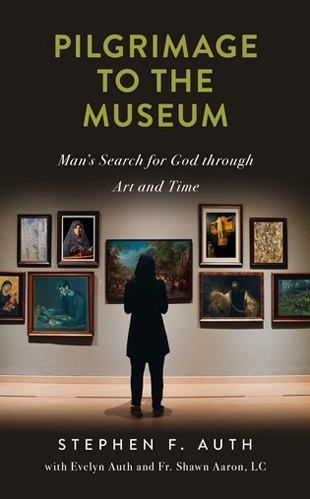"Byzantine art, with its spiritual focus on the afterlife and the eternal, not the present, had more in common with ancient Egypt than with ancient Rome. Whereas Roman art sought to represent a three-dimensional, lifelike illusion of the present, the art of the early Christians and Byzantines deliberately departed from this art form toward a more abstract and two-dimensional design. While the Egyptians used this form to display their own expected life in the eternal as gods themselves, the Christian artists adapted the Egyptian formula to create spiritual works rooted in post-revelation theology.
"Virtually all the surviving art from this period, created within a deeply Christian culture, focuses on the afterlife — and, in particular, on Christ and the saints. Most of these pieces were designed as devotional tools, to bring the viewer into the spiritual realm on the right footing. This foundational premise is probably best summarized by the first meditation in the spiritual exercises of St. Ignatius: 'You are God, I am not.' "
